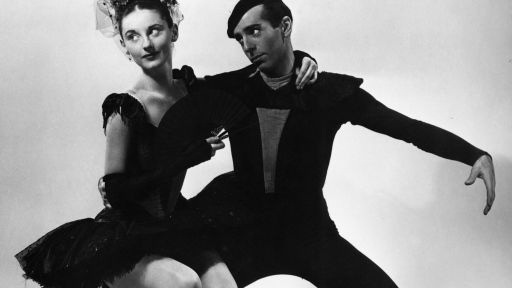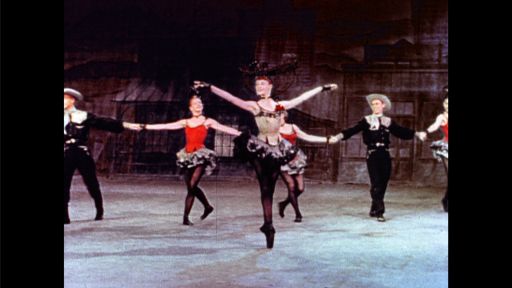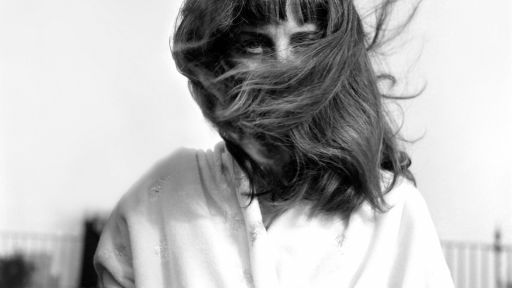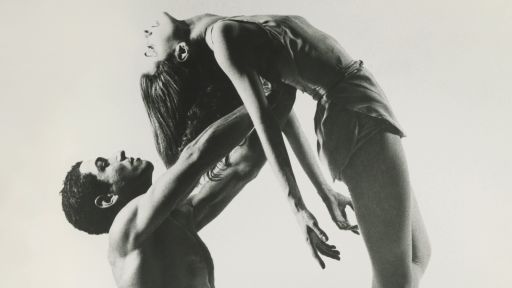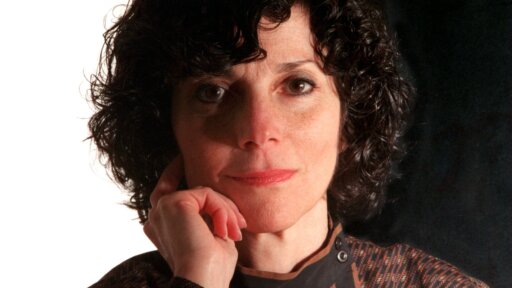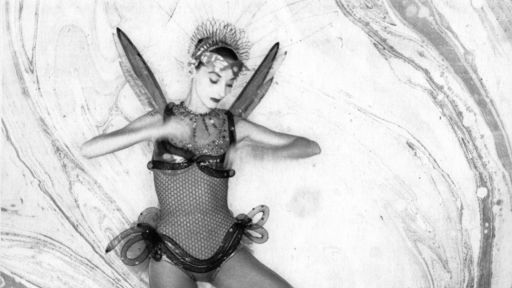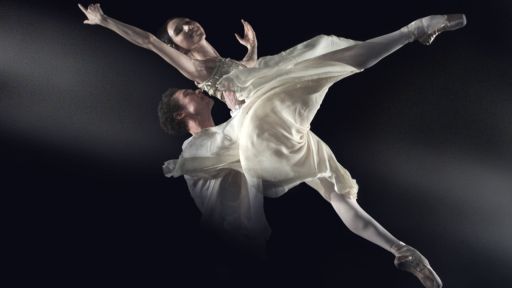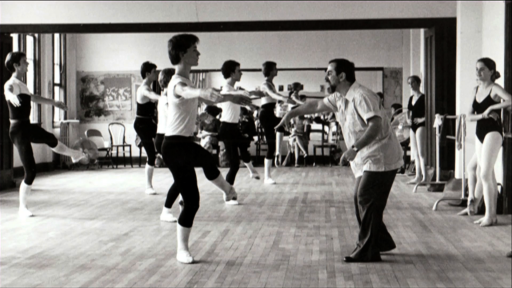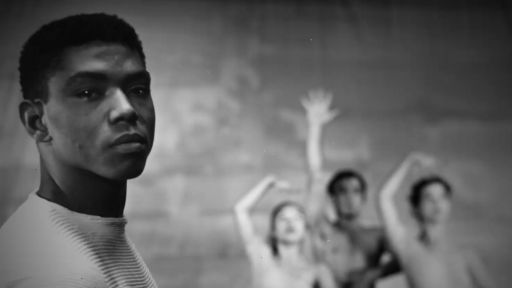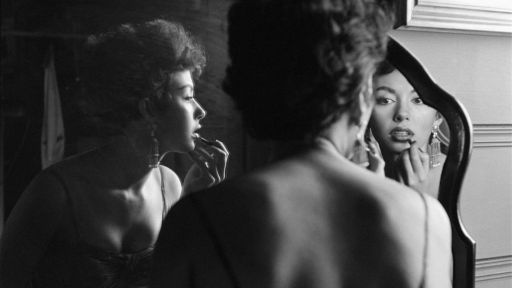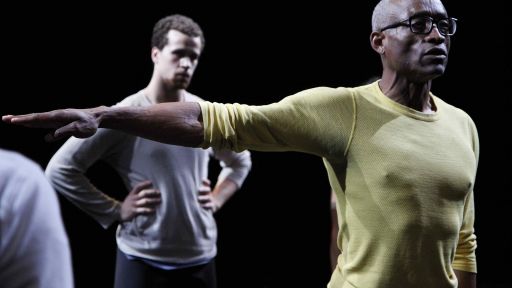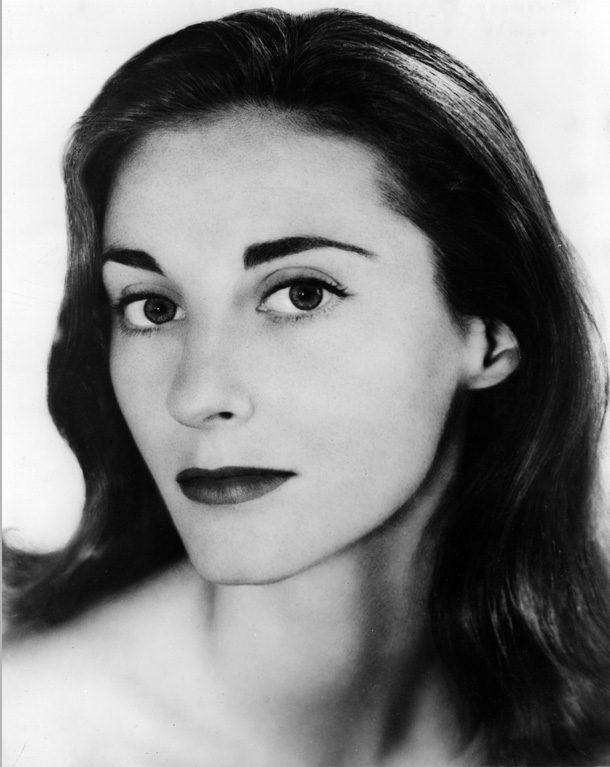 Born in Paris, Tanaquil Le Clercq (1929 – 2000) was the daughter of a French intellectual and a society matron from St. Louis, MO.
Born in Paris, Tanaquil Le Clercq (1929 – 2000) was the daughter of a French intellectual and a society matron from St. Louis, MO.
When Tanny was three, they moved to New York where her father Jacques Le Clercq taught romance languages. “Tanny” as she was affectionately called, began ballet training in New York at age five, studying with Mikhail Mordkin. She eventually transitioned to the School of American Ballet, which George Balanchine had founded in 1934. Balanchine discovered Tanny as a student there. He cast her in her first role at the tender age of 15, along with the great prima ballerinas in his company, then called Ballet Society, known today as the New York City Ballet.
Before long, Tanny was dancing solo roles as a member of Ballet Society, never having danced in the corps de ballet. Some of Balanchine’s most memorable ballets were choreographed for Tanny; notably Symphony in C, La Valse and Western Symphony. She was the original Dew Drop in The Nutcracker.
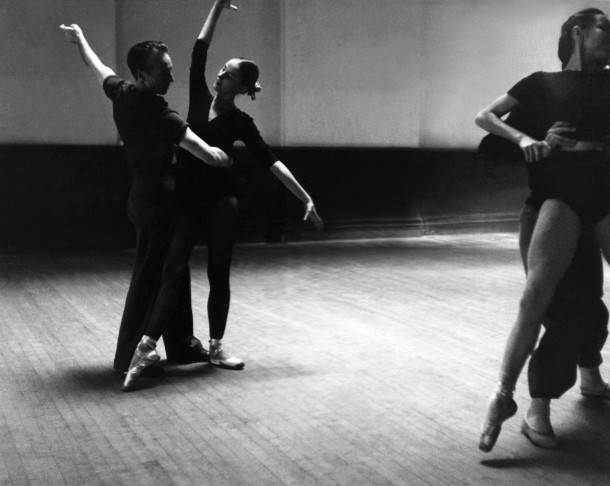
George Balanchine rehearsing with Tanaquil Le Clercq. Maria Tallchief at far right. Photo courtesy of Augusta Films.
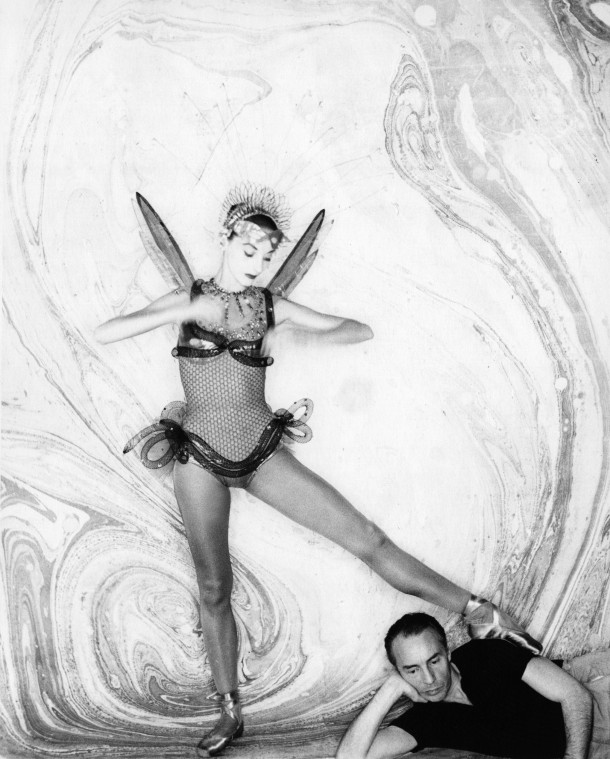
Tanaquil Le Clercq and George Balanchine, circa his 1952 ballet Metamorphoses. Photo by Clifford Coffin © Ballet Society
The dancer Jerome Robbins was also fascinated with Tanny. He famously attributed his decision to join the New York City Ballet and work under Balanchine to his enchantment with her unique style of dancing. His fascination with Tanny intensified, and the emerging theater and ballet choreographer was heartbroken when she decided to marry Balanchine in 1952. Robbins still got to work closely with her in the company and he created his radical version of Afternoon of a Faun (1953) for Tanny.

Tanaquil Le Clercq and Jerome Robbins. Photo courtesy of Augusta Films.
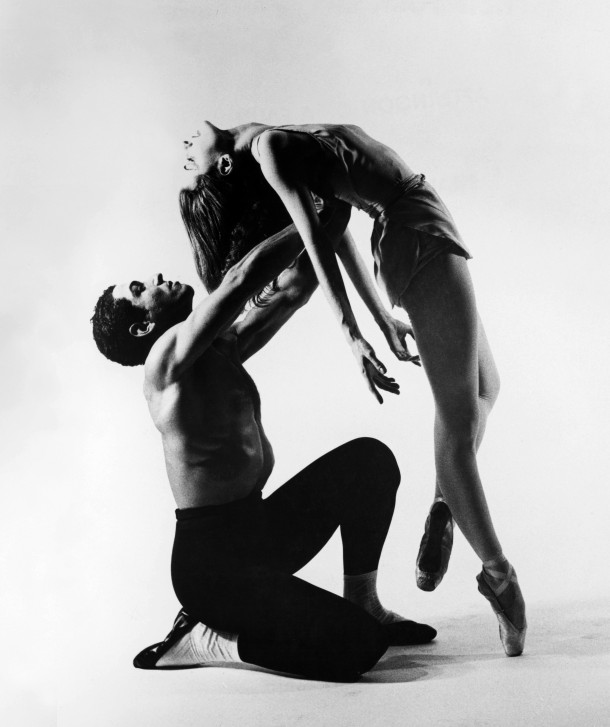
Francisco Moncion and Tanaquil Le Clercq perform in Jerome Robbins’ ballet, Afternoon of a Faun, in 1953. Photo courtesy of Augusta Films.
The 1950s was a notable time in the culture of New York City. Creative voices were flocking to the city following the end of World War II, and audiences were seeking out new art forms. But it was also a time fraught by a polio epidemic. Communities were gripped by real and imagined fears as they saw the disease ravage cities and countries across the world. No one was immune, not even the supremely gifted.
In the fall of 1956, The New York City Ballet travelled to Europe on tour. In preparation, dancers were inoculated with the Salk vaccine, which had proven successful in historic trials on children just years before. Sadly, Tanny chose not to take the shot. During the company’s stay on Copenhagen, Tanny collapsed. She was rushed to the hospital and placed in an iron lung, not expected to live. She’d been stricken with polio and severely paralyzed. She would never walk or dance again.
Tanny spent six months in a Danish Hospital renowned for its work on Infantile Paralysis. Balanchine took a leave from New York City Ballet to help with her treatment, and Robbins wrote her passionate letters. Six months later, Tanny was moved to Warm Springs, GA, to the country’s pre-imminent treatment center. George Balanchine continued to nurse her, creating movements to help her regain control of her muscles. Jerome Robbins visited her and took the most enduring photographs of her to date.
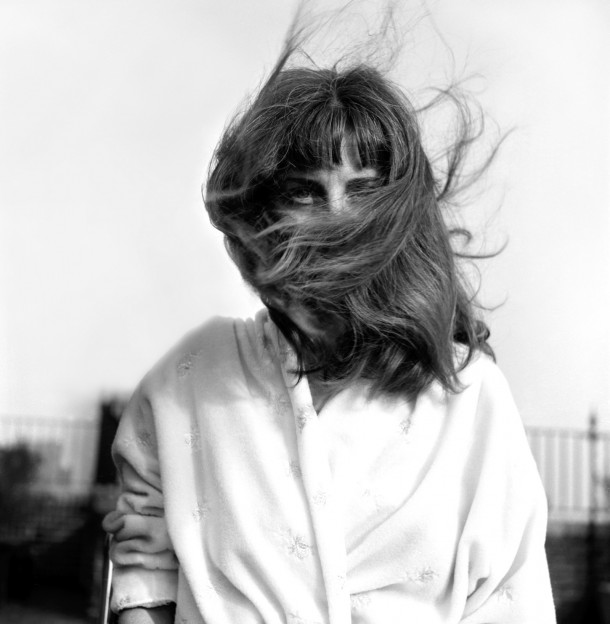
Tanaquil Le Clercq. Photo by Jerome Robbins/Robbins Rights Trust.
But eventually, both men had to accept what Tanny already knew. She would never dance again. George Balanchine divorced Tanny in 1969. Jerome Robbins went on to work on stage and in film.

Tanaquil Le Clercq. Photo by Jerome Robbins/Robbins Rights Trust.
Tanny soldiered on as a living legend until her death in 2000. During that time she taught at Arthur Mitchell’s Dance Theatre of Harlem, though she primarily lived a private life attending the ballet on occasion. Although Tanny’s career was cut short, she will always be remembered in the ballets that were created for her – Western Symphony, La Valse, Metamorphosis, and Afternoon of a Faun.
Her life after dance is the story of universal hope and of a strong woman emboldened by inner strength and love of life. Dancers learn to live in the moment; they know their careers will not last long. Tanny’s resiliency is a product of her life as a dancer and the enduring power of the human spirit.


